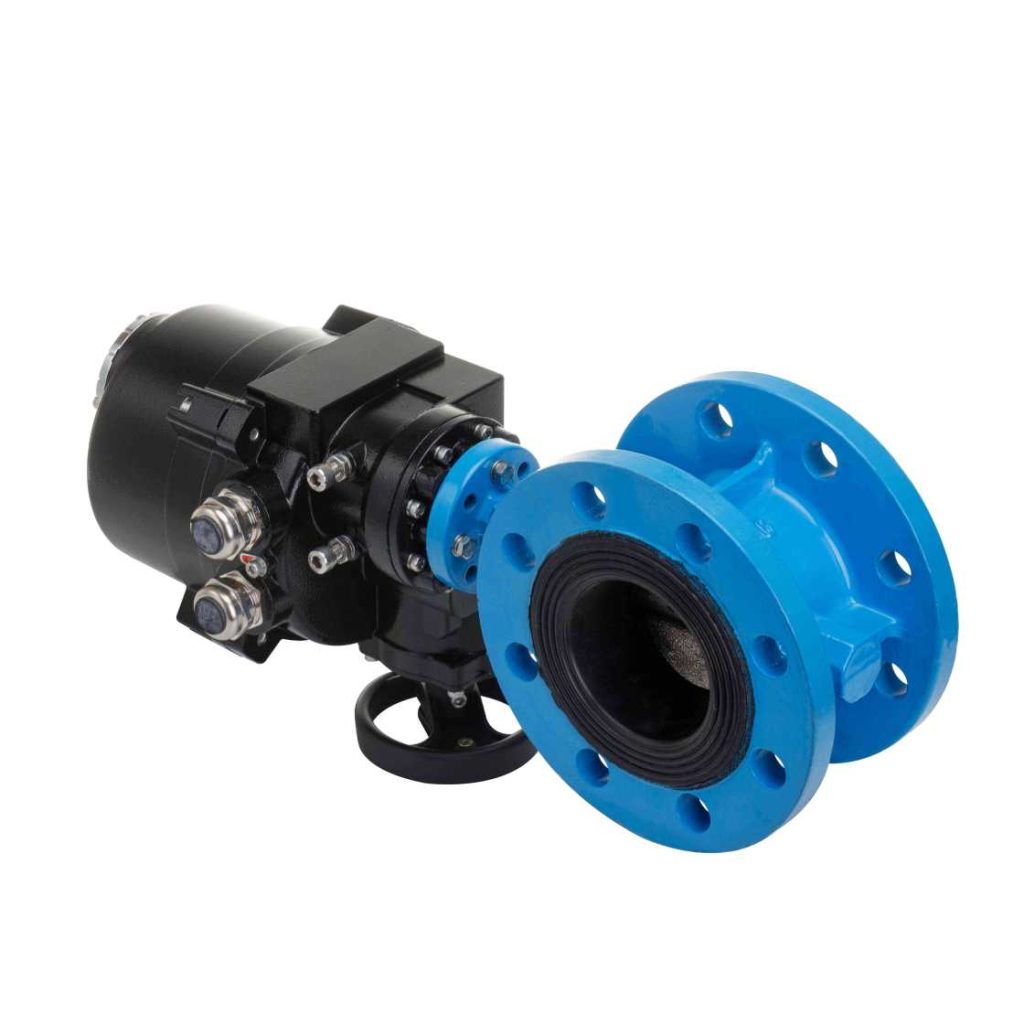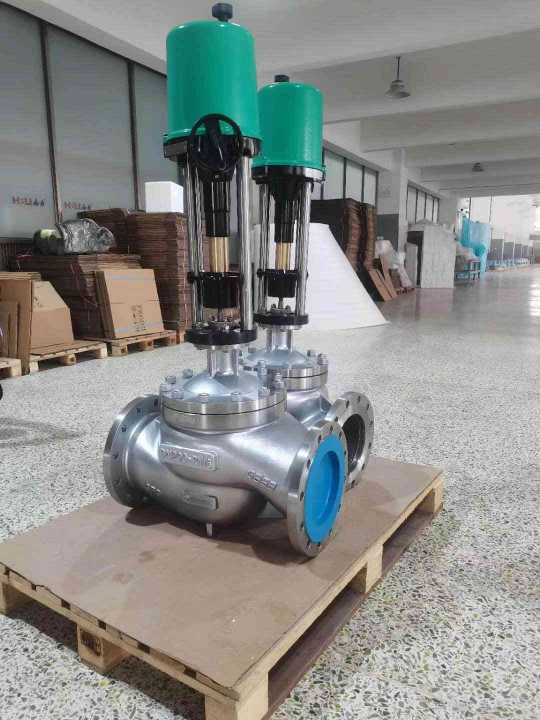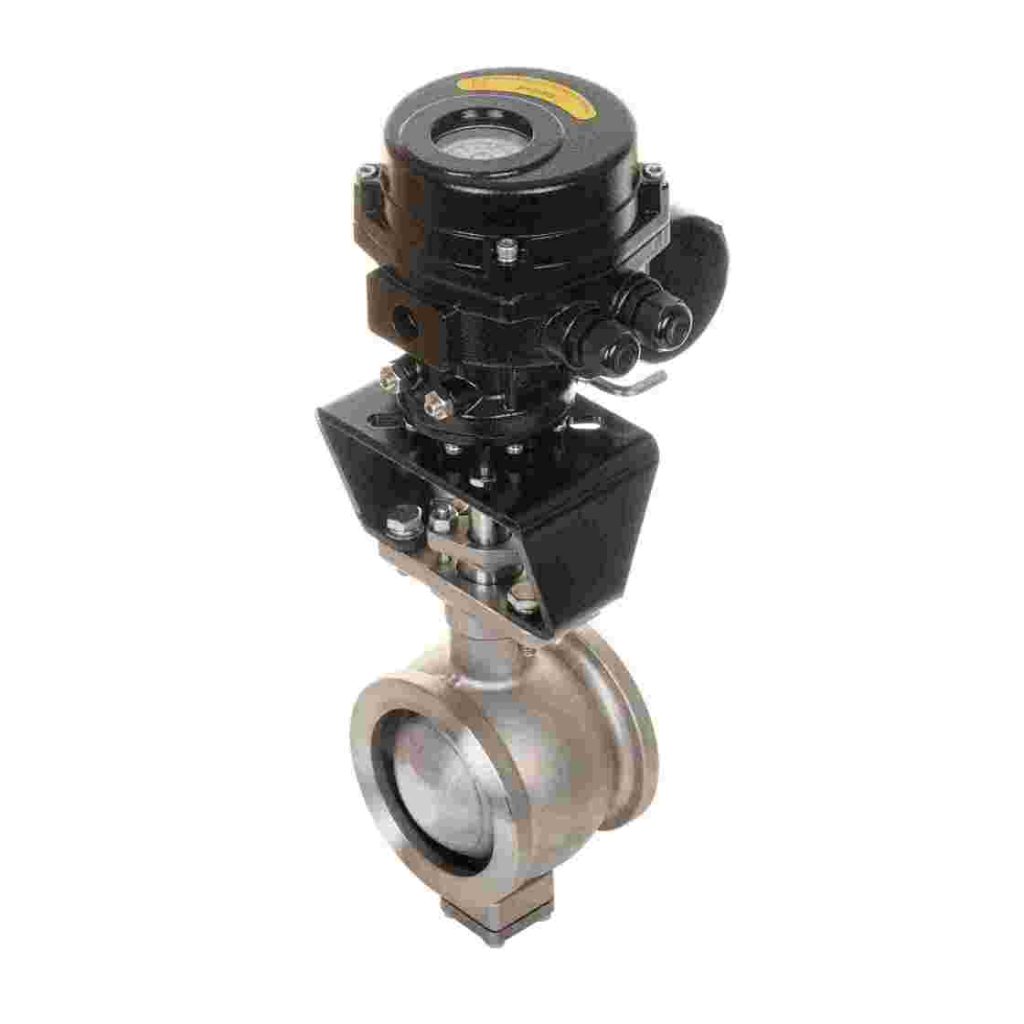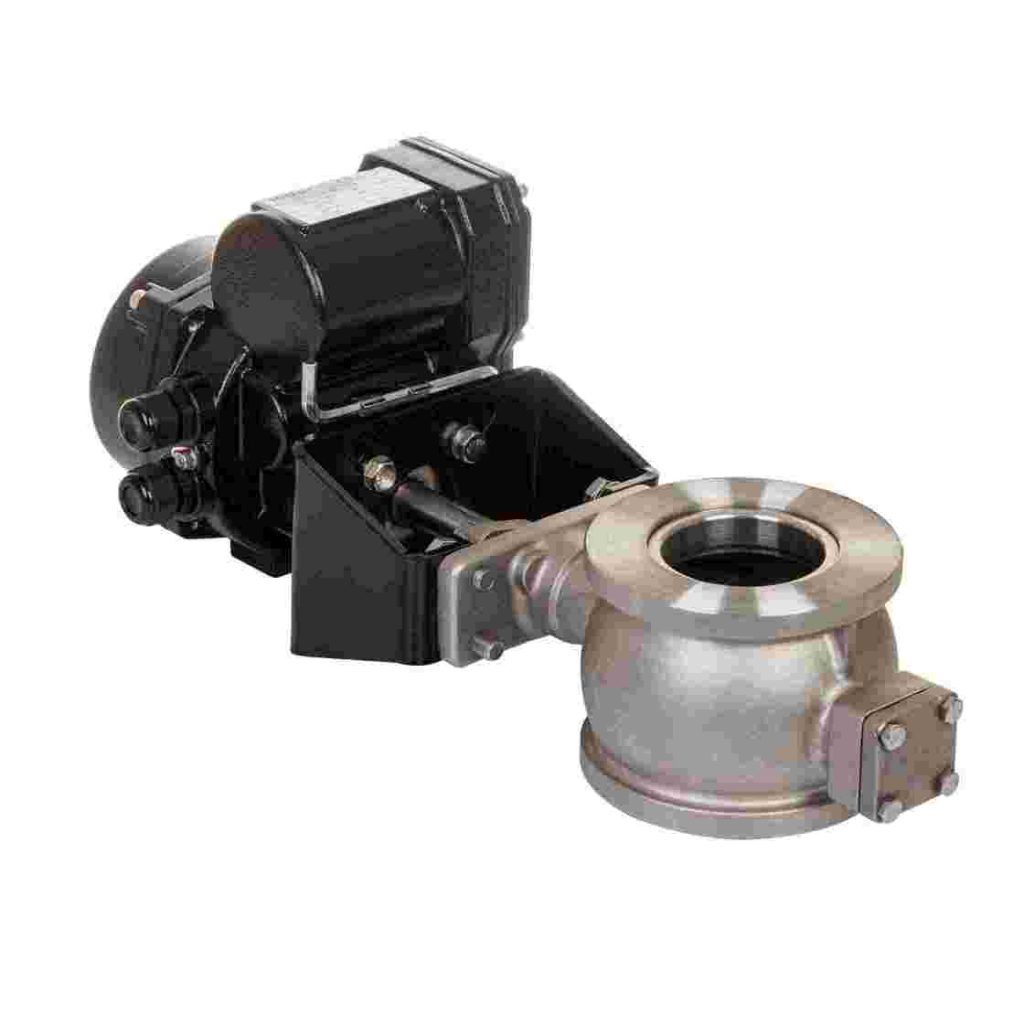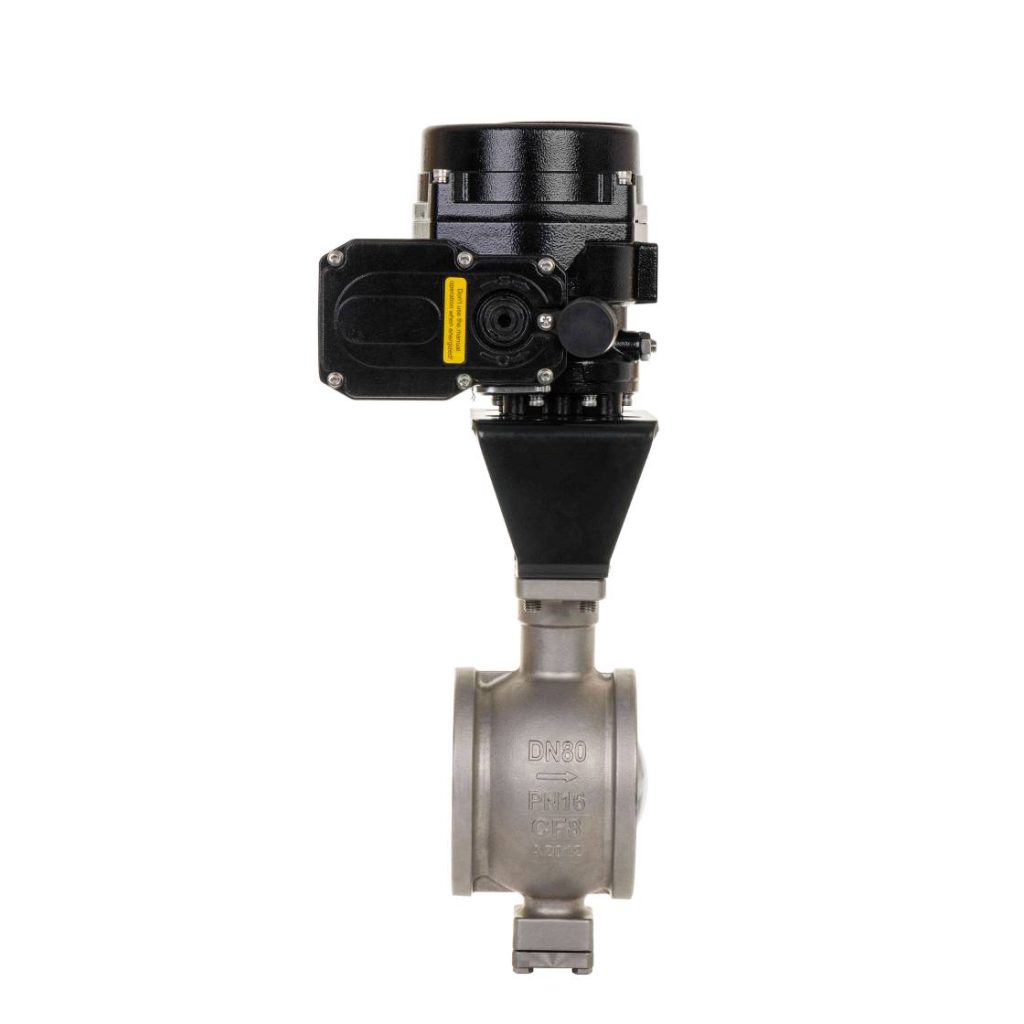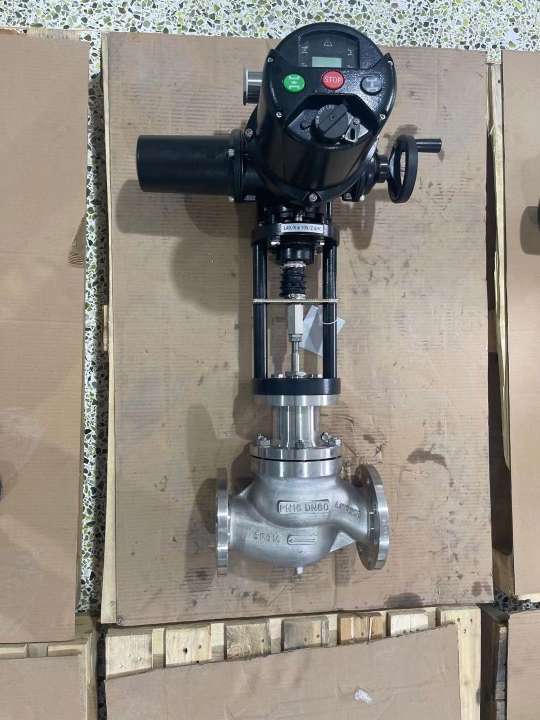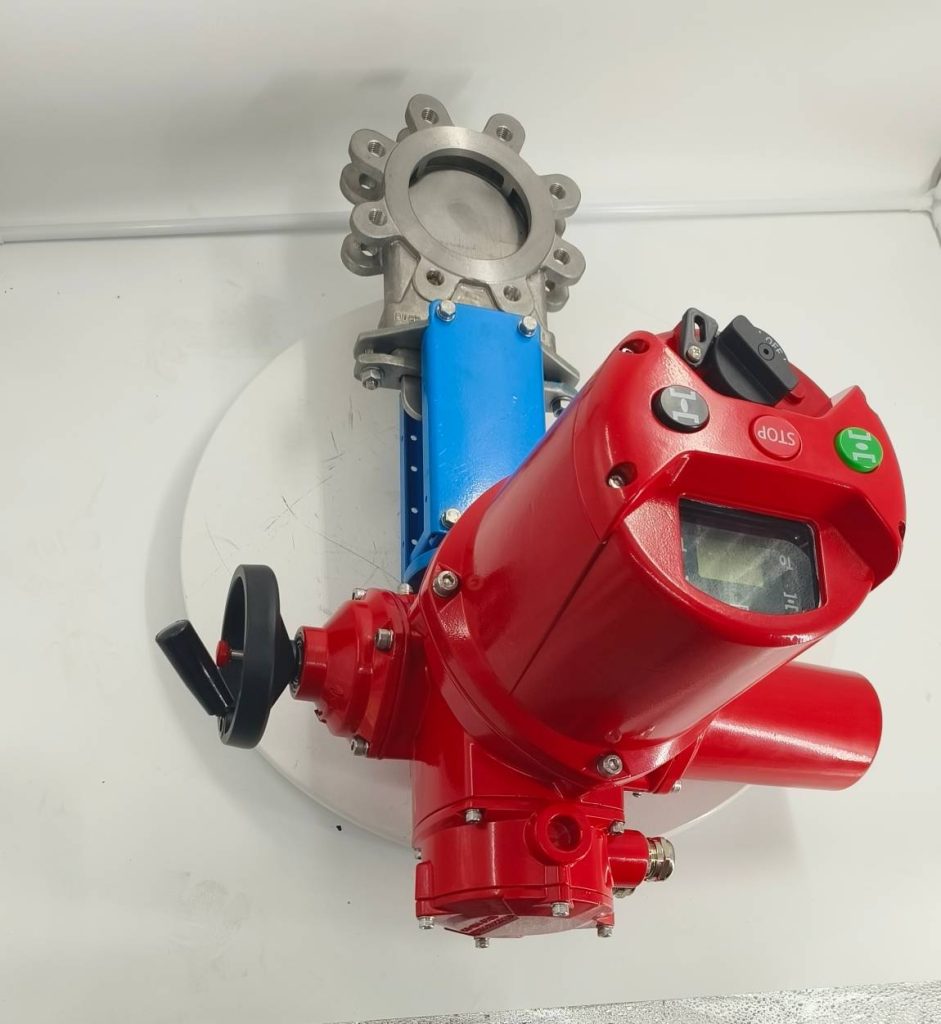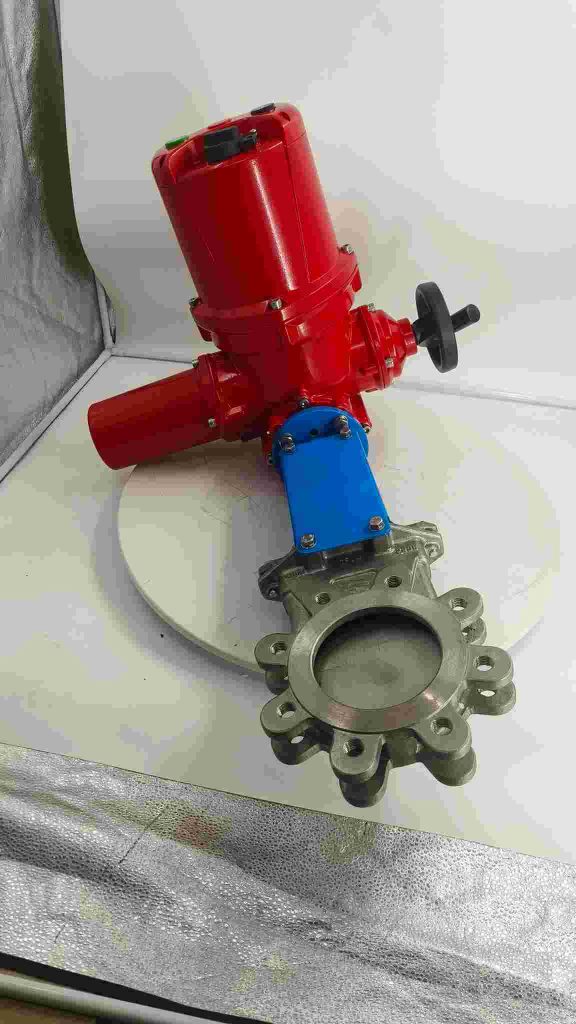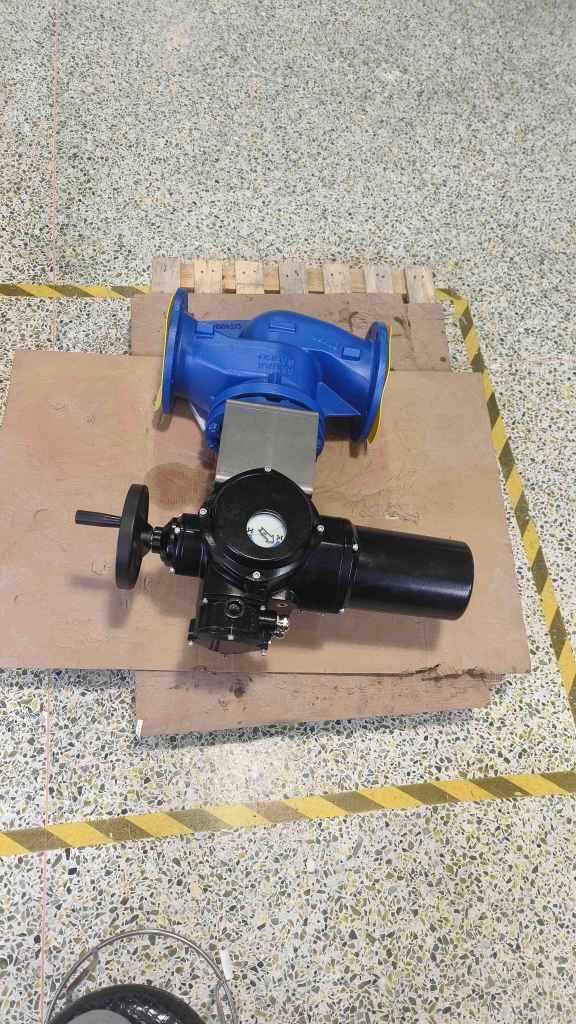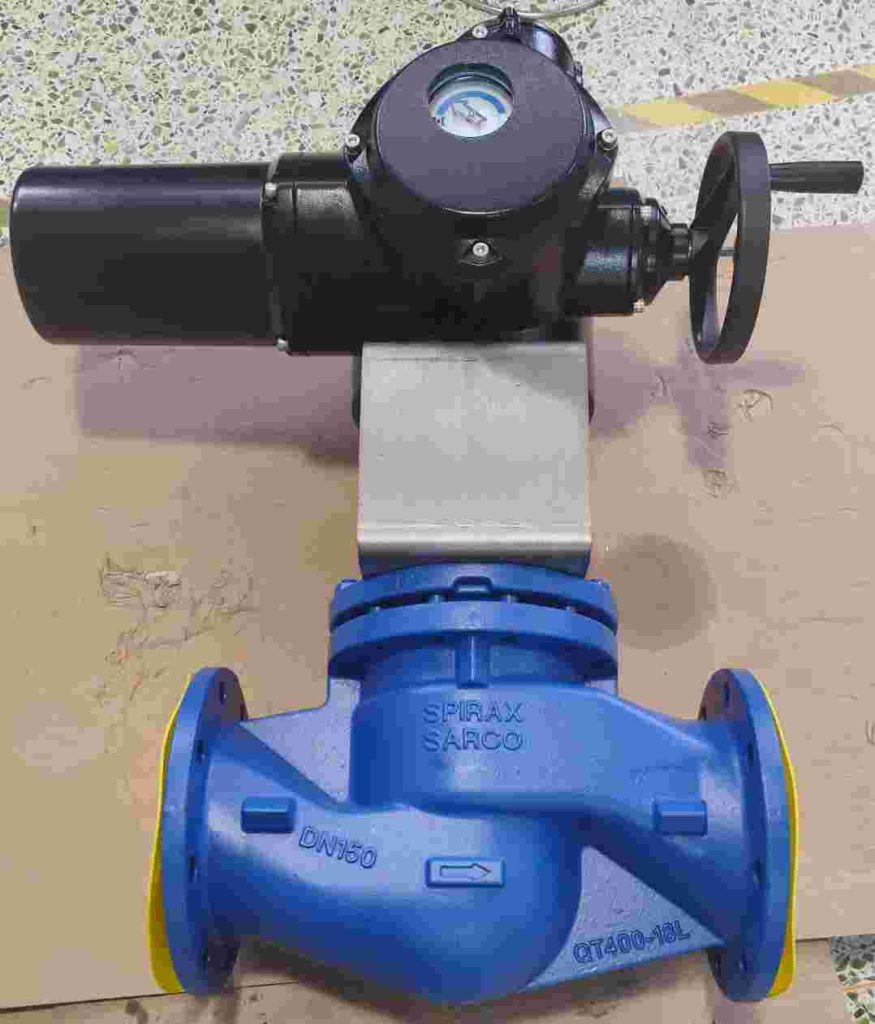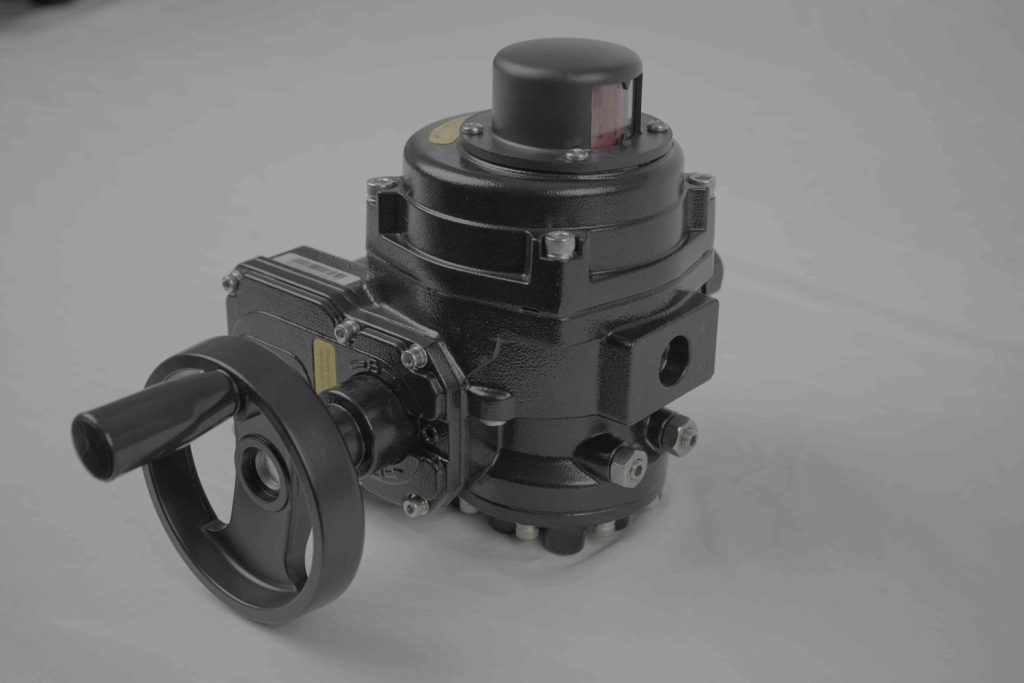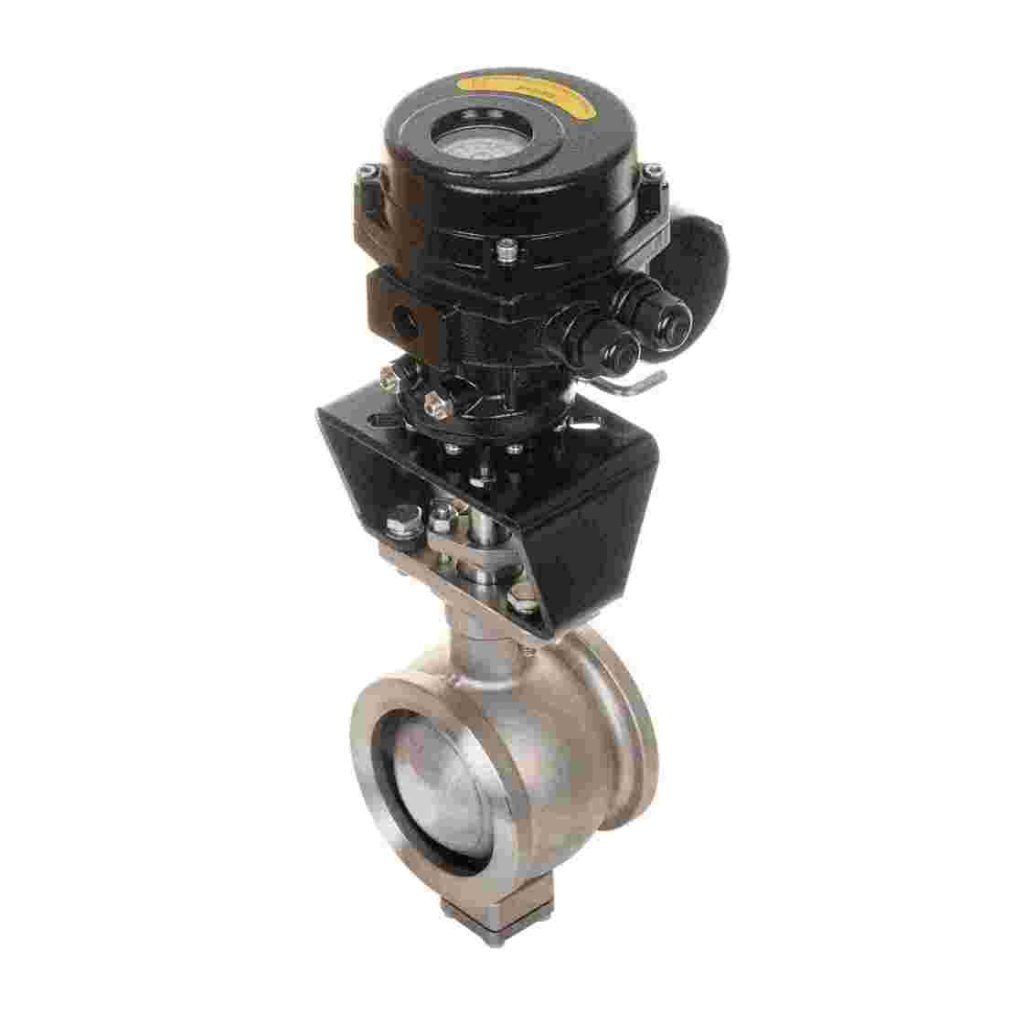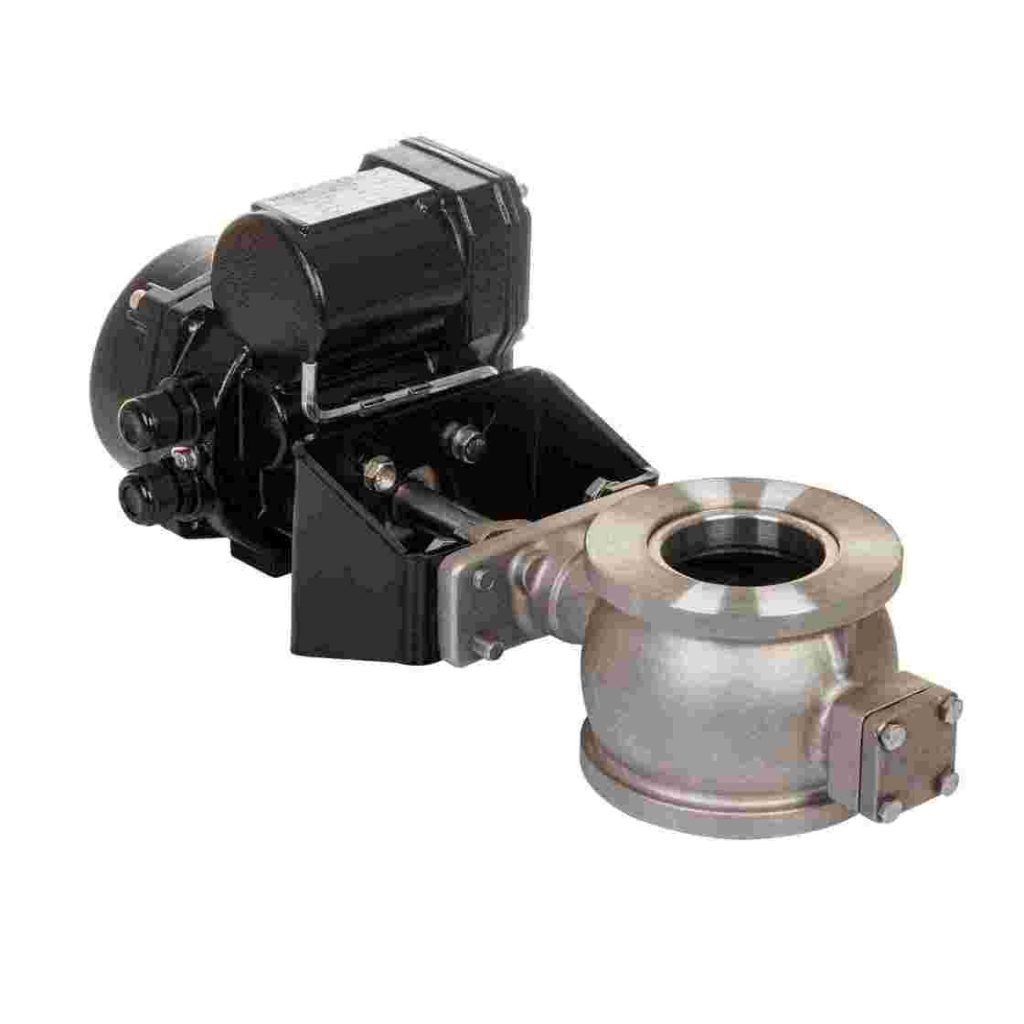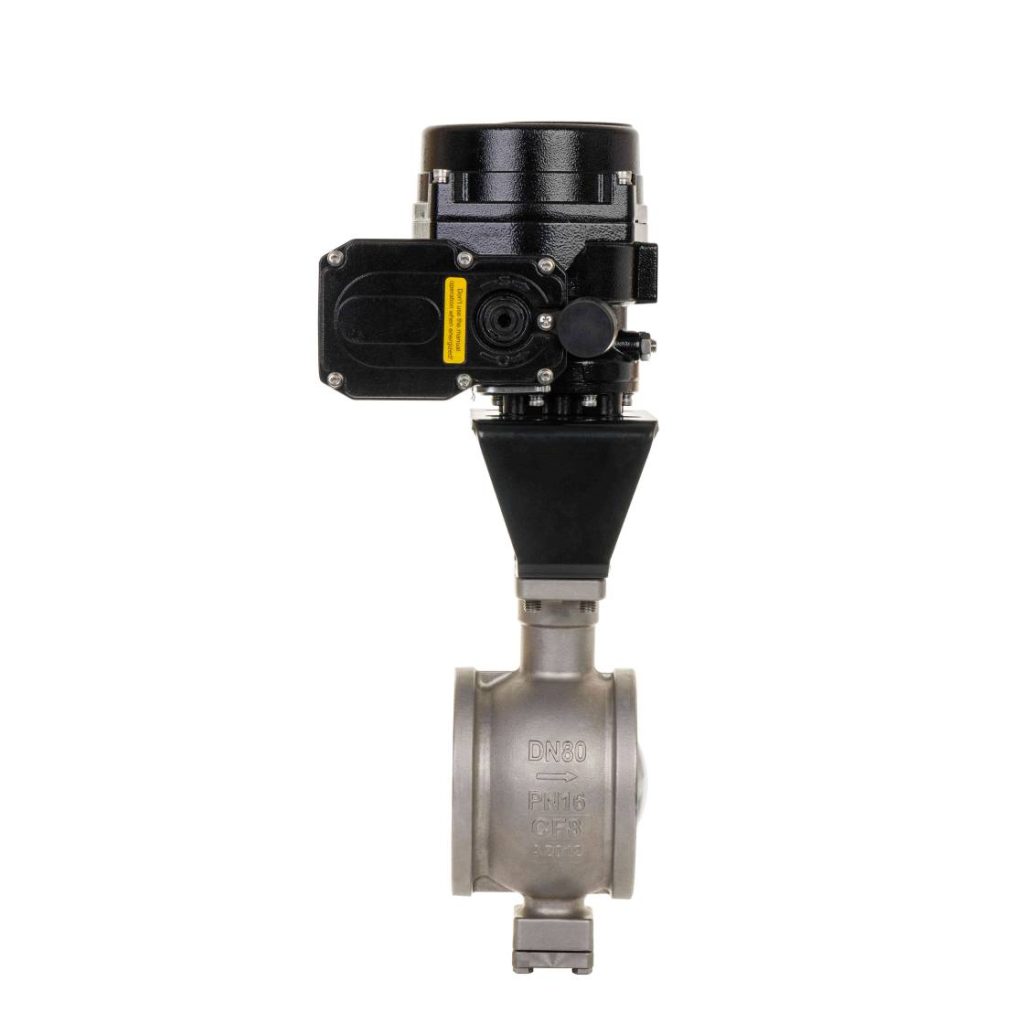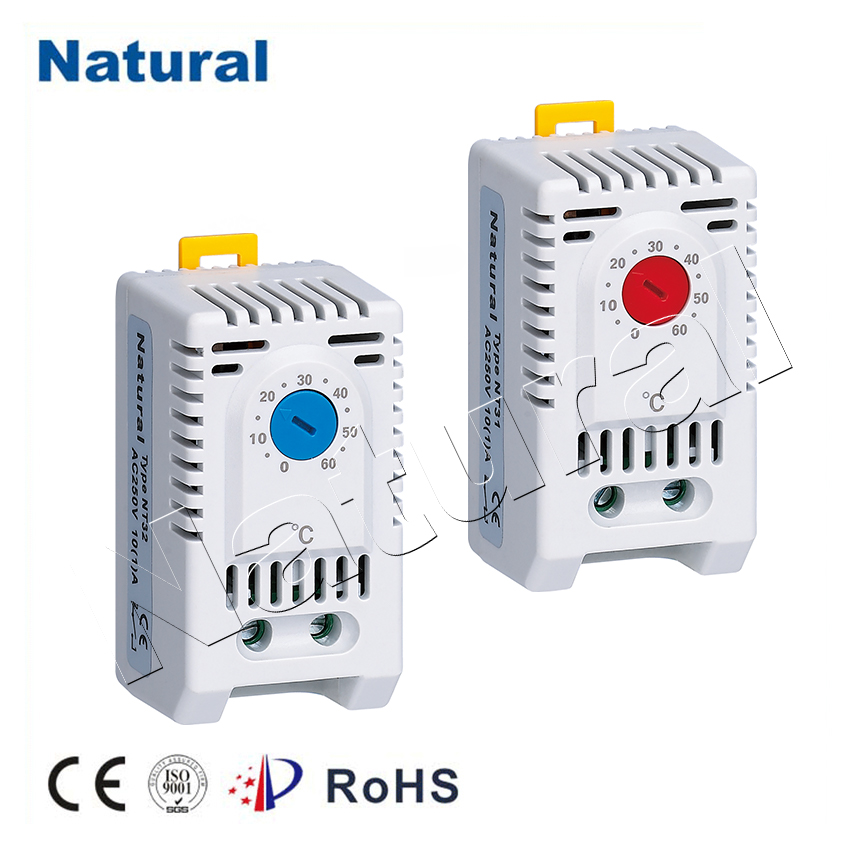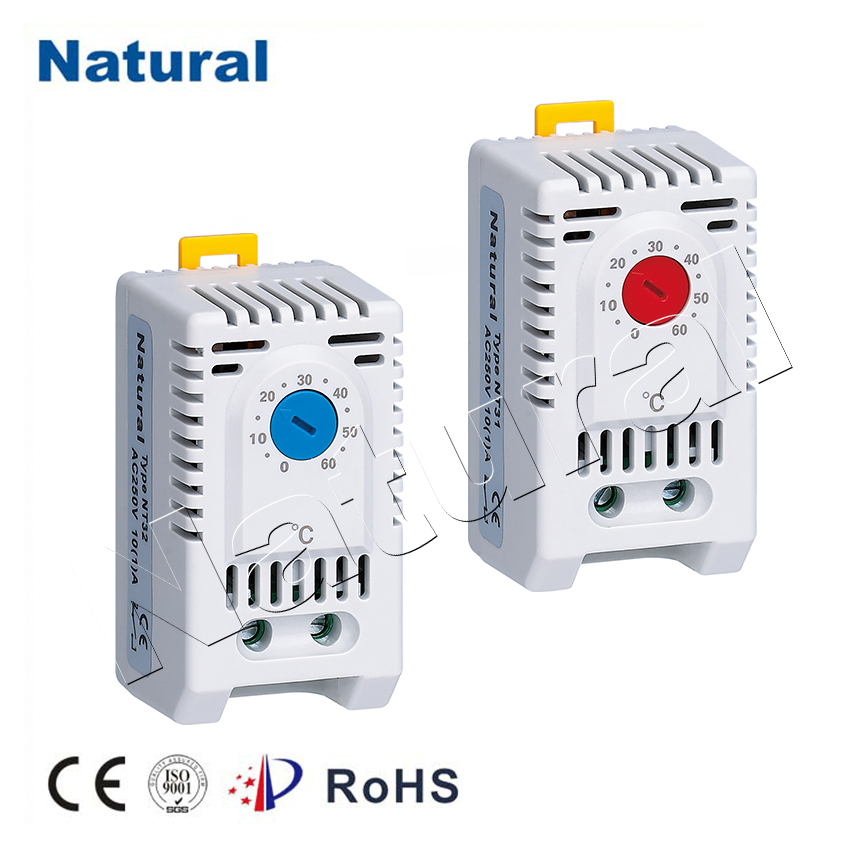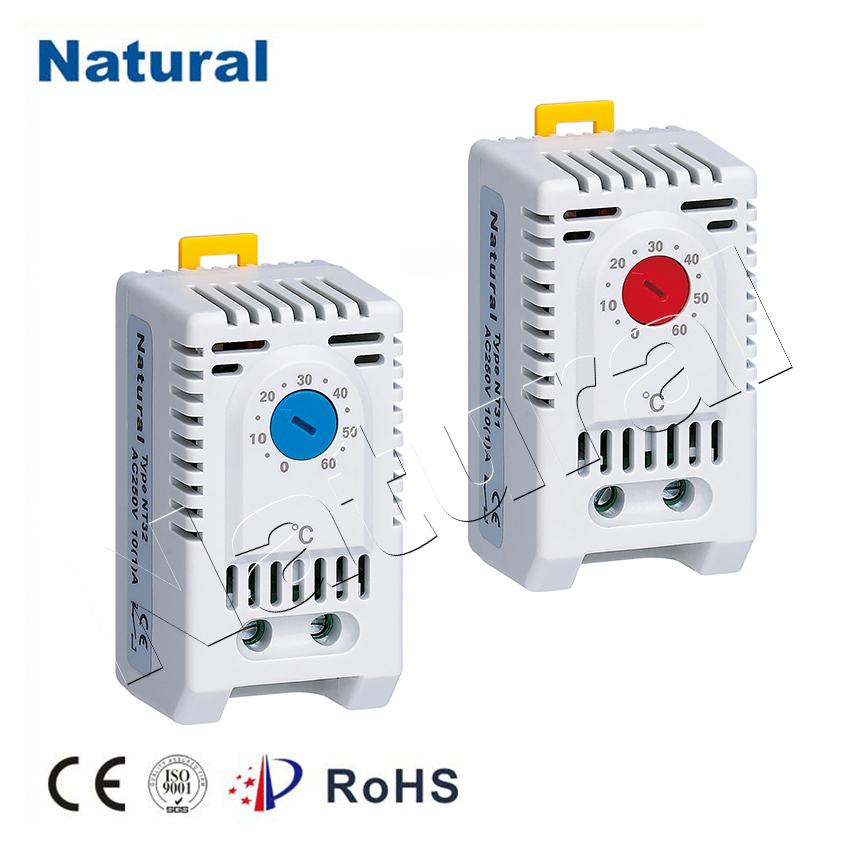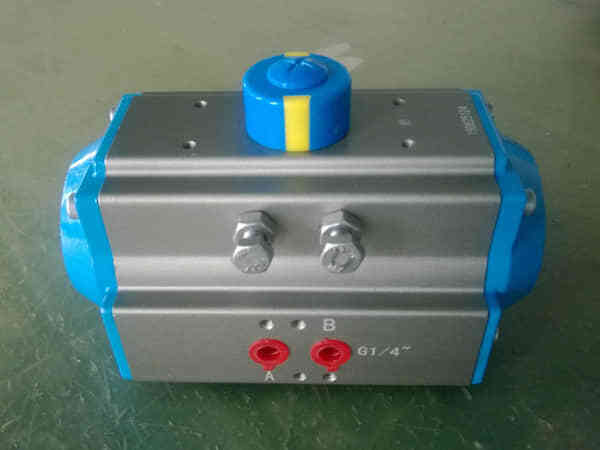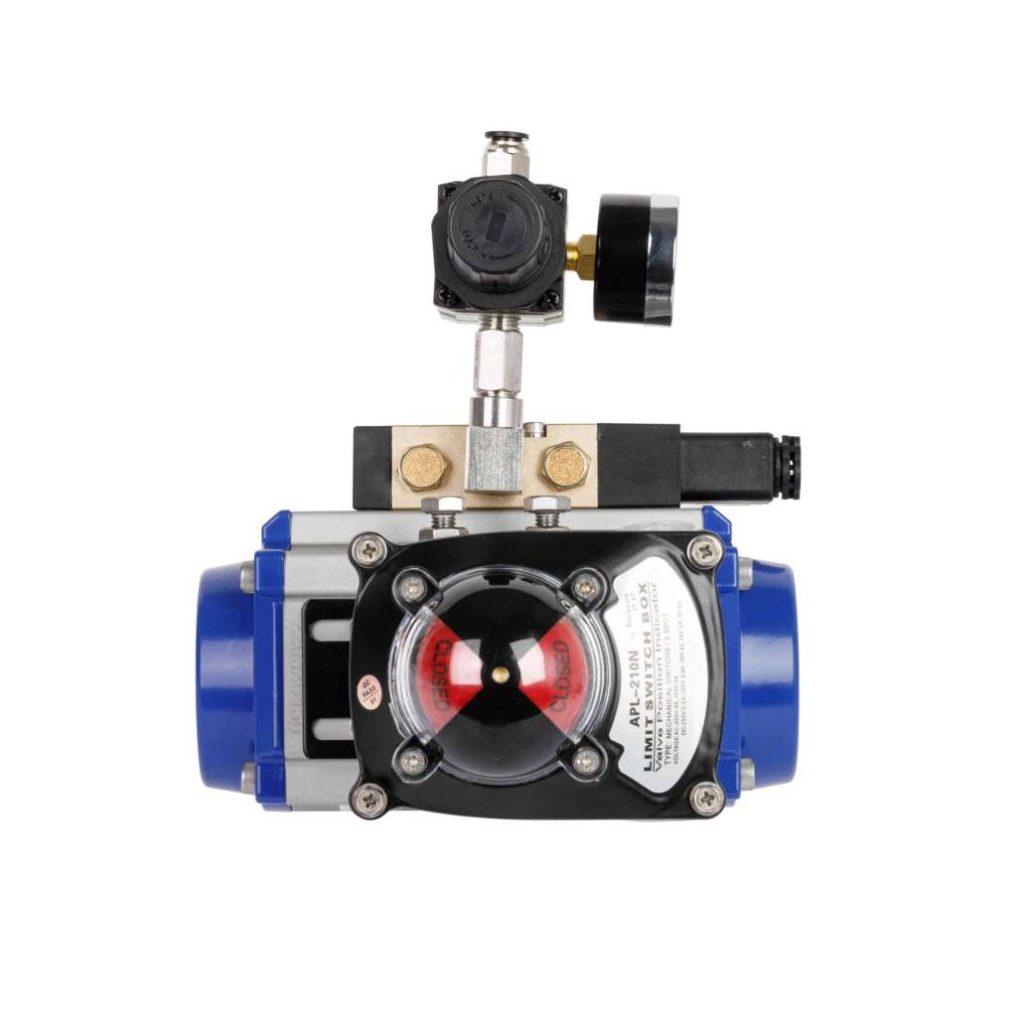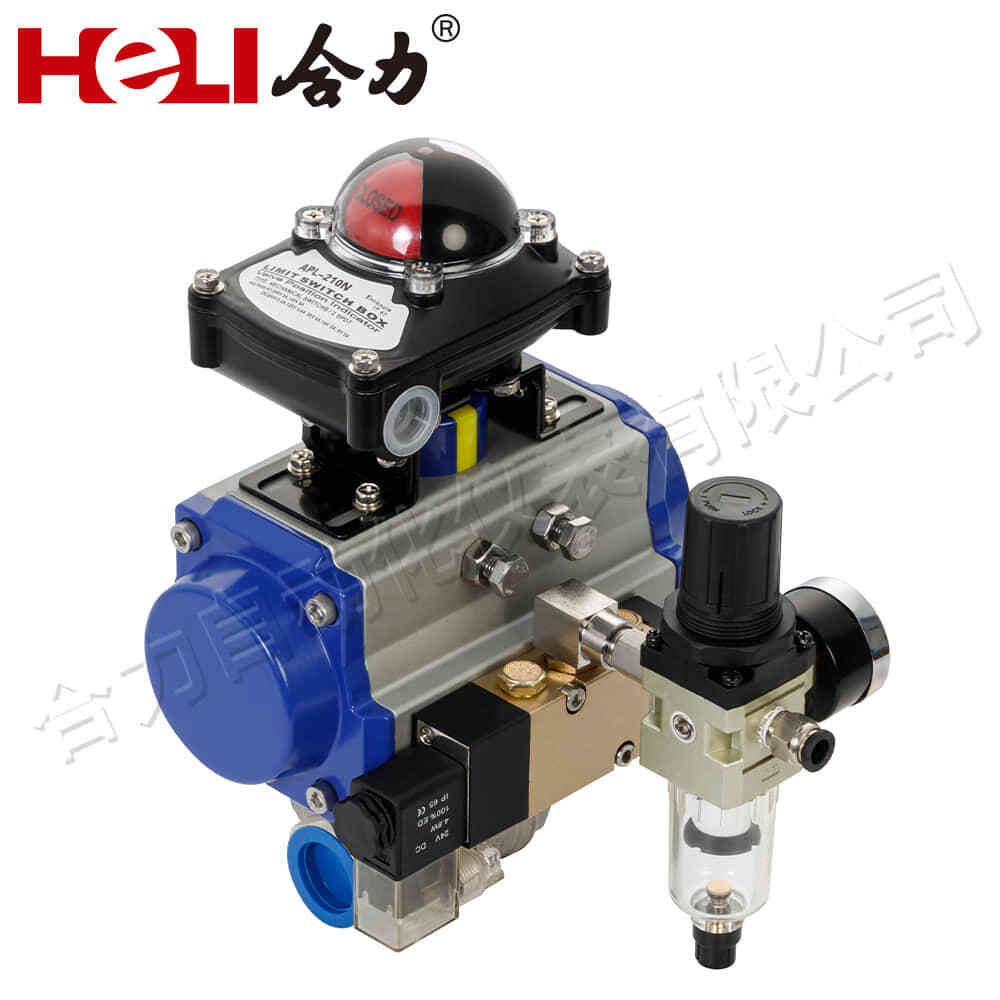An electric flanged butterfly valve is a highly efficient and reliable valve used in various industrial applications. Known for its simple yet effective design, the electric flanged butterfly valve provides both flow control and shutoff capabilities in a variety of pipelines, making it essential in sectors such as water treatment, oil and gas, chemical processing, and HVAC systems. This article will explore the features, working mechanism, applications, and advantages of the electric flanged butterfly valve, highlighting its importance in modern industrial systems.
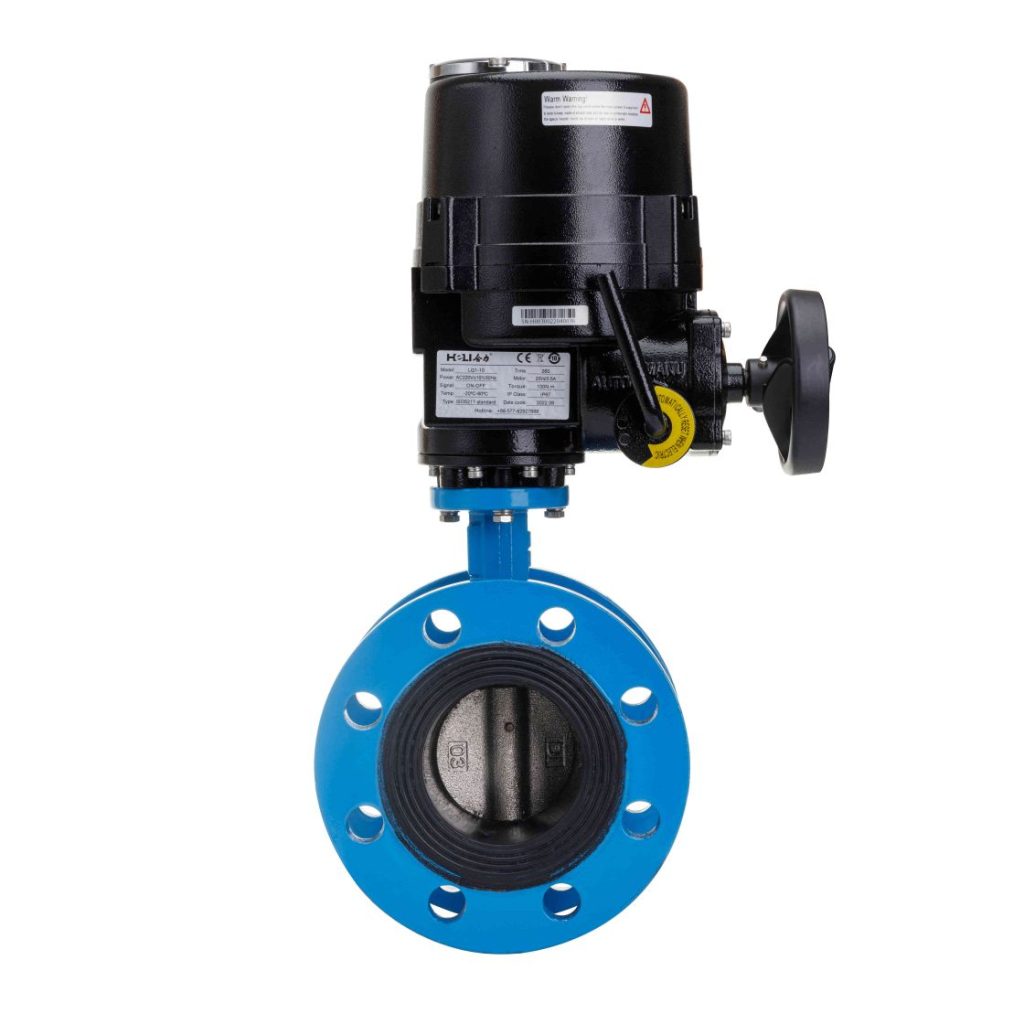
What is an Electric Flanged Butterfly Valve?
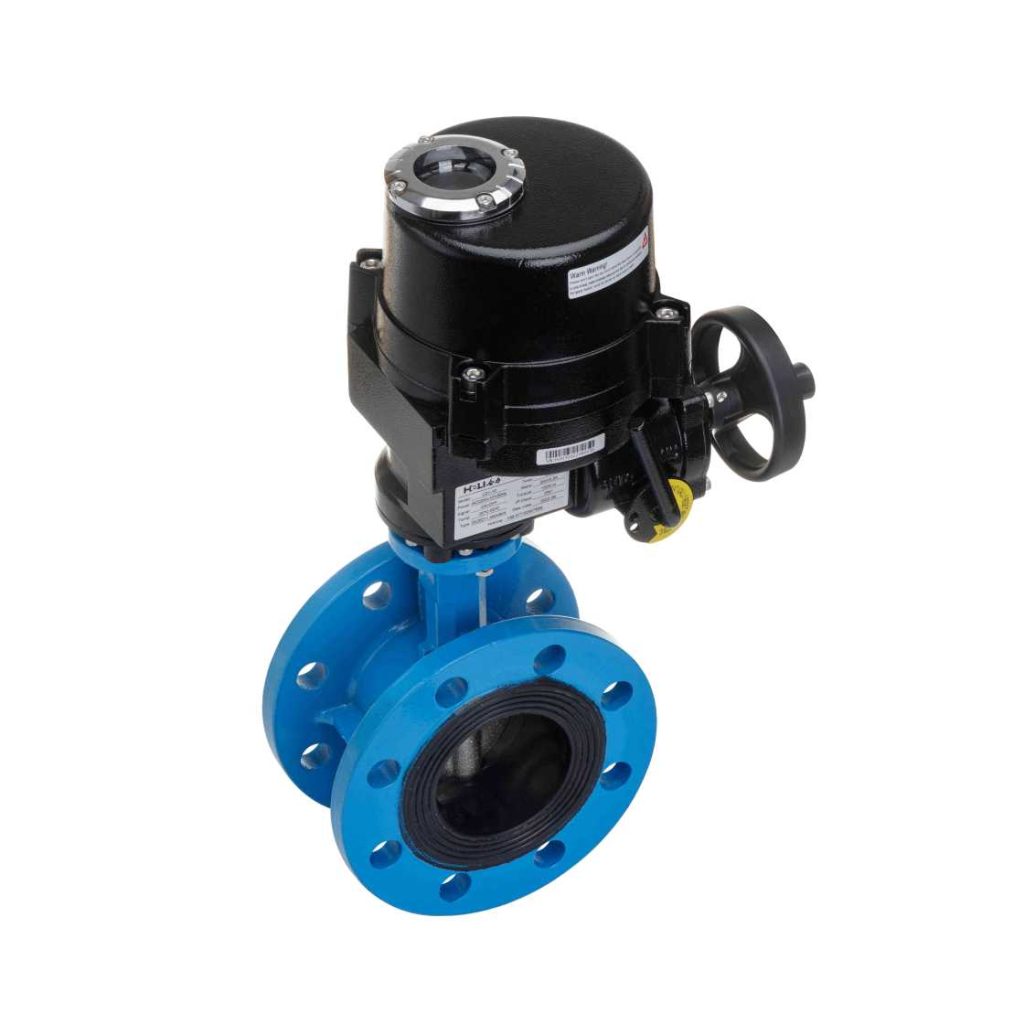
A butterfly valve is a type of flow control valve that operates with a rotating disc to regulate the flow of liquids or gases within a pipeline. The “flanged” aspect of the valve refers to the type of connection used to install it, where flanges on the valve body are bolted to the pipeline flanges. The electric aspect indicates that the valve is actuated electrically, usually with an electric motor that opens or closes the valve by rotating the disc inside. The electric actuator provides an efficient and reliable means of valve control, especially in systems requiring automatic or remote operation. This contrasts with manual butterfly valves, where operators must physically turn a handle to adjust the valve. By incorporating an electric actuator, the electric flanged butterfly valve becomes more suited for modern automated systems.
